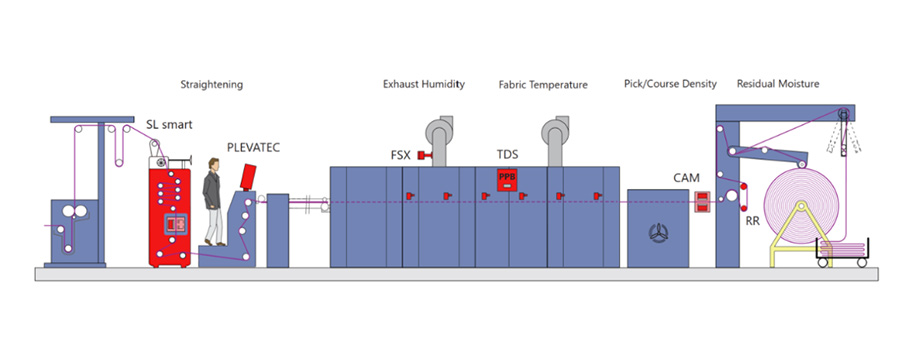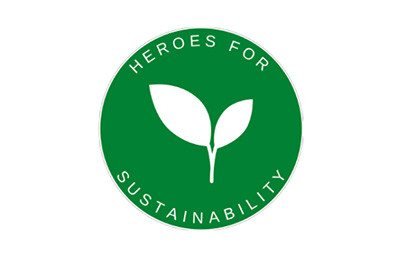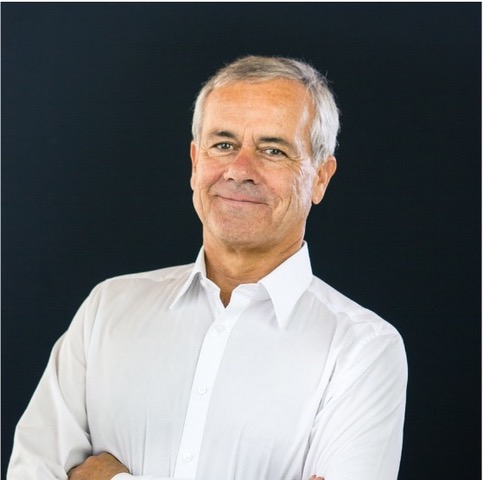Dyeing, Drying, Finishing
Sustainable solutions by PLEVA | Energy efficiency at drying and heat treatment processes

SL “Our weft-straightening system increases not only the quality of the fabric but also the sustainability. Due to the first-time-right-principle, only one round through the production line is needed to produce directly the aimed result. This, of course, saves energy and valuable resources.”, he describes. PLEVA offers weft- straighteners for different applications from knits and wovens up to carpets.

FSX The exhaust humidity sensor is fitted for temperatures up to 600°C. It measures the humidity inside the dryer and consequently, the exhaust volume can be controlled, reduced and energy for drying set to a minimum. Dr. Pleva underlines the impact of the FSX: “With experienced values from the last years, we calculated the energy demand for unnecessarily heated air, which is on average 560 MJ/h. Set in relation to working hours and the CO2 equivalent of energy consumption with gas, you can easily save 152 tons CO2 per year – only due to controlling the exhaust volume. This is not only a huge impact on the environment but also means financial savings. With the current energy prices in Germany you can expect a saving of around 19,600 € per year.” In addition, the uniform drying climate increases product quality.
TDS The application of the TDS sensors allows a constant monitoring of the heat treatment process. The contactless measurement of fabric and air temperature can be used in hot environments up to 400°C. The sustainable functionality decribes Dr. Pleva as follows: “With the measurement you have an eye directly at the fabric which allows to control the dwell time. Doing so, overheating, too long dwell times can be prevented and the fixation process can be made energy efficient.“
RR Residual moisture measurement is installed after stenter frame. “The measurement of the residual moisture prevents overdrying as well. As mentioned before, overdrying is not only a waste of energy but also decreases the quality of fiber. And this, in turn, often implies a waste of resources as well”, states the Managing Director.

PLEVATEC Process control and visualization for versatile use at finishing and drying processes allows an integration of PLEVA sensors for exhaust air humidity, fabric temperature, pick/course density and residual moisture. “At our PLEVATEC all the sensors can be brought together. This allows our customers to not only get a good overview, but also adjust and optimize the process parameters to produce more sustainably”, he says. “And with the newly gained knowledge due to the sensors, you can save recipes in our integrated recipe management. This makes working more efficient and sustainable – as you can use your knowledge in the long-term.”
